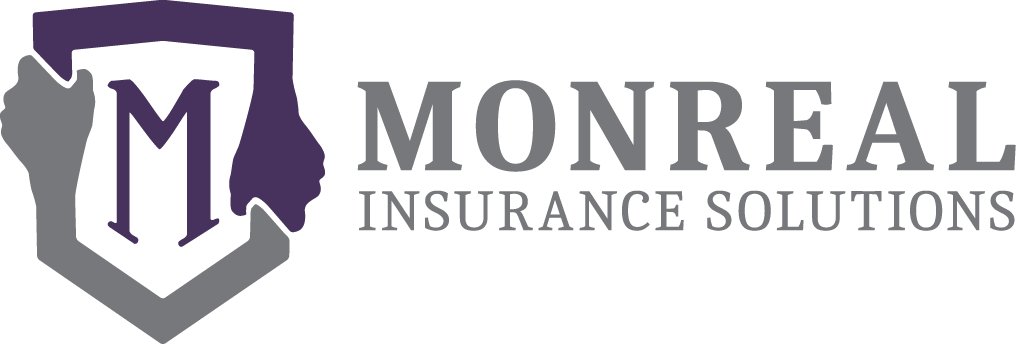
Running a restaurant, catering business or grocery means juggling suppliers, staff, food safety, equipment, and customer expectations. One overlooked but costly risk is food spoilage and contamination — a single refrigeration failure or contaminated delivery can wipe out inventory, force closures, trigger liability claims, and damage your brand. This article explains the scale of the problem, common causes, the real financial and reputational consequences, insurance solutions that matter, and practical steps to reduce risk. The goal: give business owners conviction to secure the right commercial insurance and avoid a preventable disaster.
How big is the problem? Numbers that should wake every operator up
• A huge share of the U.S. food supply — about 30–40% — is lost or wasted at retail and consumer levels, representing billions of dollars of product and supply-chain value.
• Foodborne disease remains a major public-health threat. The CDC estimates that major foodborne pathogens cause about 9.9 million domestically acquired illnesses annually, resulting in ~53,300 hospitalizations and ~931 deaths (estimates circa 2019). Those illnesses translate into real business risks: outbreaks, lawsuits, recalls, and regulatory penalties.
• At the restaurant level, industry analyses show that foodservice generates a significant portion of overall food waste and that individual restaurants commonly lose a few percent of purchases to spoilage, leftovers, and other waste — many reports place typical restaurant waste in the 4–10% range depending on size and model. That percentage directly erodes margins.
These figures show spoilage/inventory loss and contamination are not rare flukes — they are everyday exposures that need structured risk management and financial protection.
Common causes of spoilage and contamination (what actually goes wrong)
-
Equipment failure — compressors, thermostats, and condensers fail; a single broken walk-in evaporator can warm an entire room and spoil thousands in inventory.
-
Power outages and utility issues — grid outages, blown fuses, or tripped breakers can cause long-term temperature excursions; even short outages repeated over time degrade product.
-
Supply chain contamination — contaminated ingredients from a supplier, improper transport temperatures, or cross-contamination at receiving.
-
Human error and poor procedures — improper rotation (FIFO), mislabeling, sloppy receiving checks, or inadequate training.
-
Pest infestations or microbial contamination — rodents, insects, or pathogen contamination during prep or storage.
Understanding the root cause matters because insurers treat mechanical breakdowns, covered peril outages (e.g., lightning), supplier contamination, and negligence differently in claims.
Financial + reputational consequences for food businesses
• Immediate inventory loss — replacing refrigerated/frozen stock is a direct expense that eats margin. For businesses running thin margins, a single event can be crippling.
• Business interruption — a contamination scare or mandatory closure (while cleaning, testing, and remediation happen) halts revenue and payroll continues.
• Liability & recall costs — if customers get sick, you may face medical claims, regulatory fines, class actions, or the expense of a product recall or permanent product removal.
• Brand & customer loss — a single outbreak can reduce foot traffic and online reputation for months if not handled well.
• Regulatory consequences — health department sanctions or temporary closures increase cost and complexity of getting back to business quickly.
Insurance is not a replacement for good practices — but the right policy can convert an existential loss into a manageable business interruption.
Insurance solutions that matter (what to buy and why)
Commercial insurance products come with endorsements and options — here’s what to prioritize:
1. Spoilage coverage / Perishable stock endorsement
What it covers: loss of perishable inventory caused by mechanical breakdown of refrigeration equipment, contamination from refrigerant, or loss of power (depending on policy wording). This endorsement sits on a Business Owner’s Policy (BOP) or property policy and reimburses for spoiled stock value. Typical policies define covered causes and may exclude certain circumstances — so read the wording and set adequate limits.
2. Equipment breakdown insurance
What it covers: sudden and accidental mechanical or electrical failure of refrigeration units, compressors, or other critical equipment. Equipment breakdown policies can pay for repairs/replacement and the resulting inventory loss if properly endorsed.
3. Business interruption / Extra expense coverage
What it covers: lost income and necessary extra costs (temporary relocation, expedited shipping, cleanup) when operations stop due to a covered cause. For contamination or a forced shutdown, BI coverage preserves payroll and fixed costs while you recover — but limits and waiting periods matter.
4. Product liability & commercial general liability (CGL)
What it covers: customer claims for bodily injury or property damage arising from your product or operation. If a patron gets sick, product liability portion of your policy (or a separate product liability policy) addresses defense and settlement up to policy limits.
5. Recall expense insurance / Contamination & recall policies
What it covers: the specific costs associated with recalling contaminated products — notification, shipping, disposal, PR, and sometimes compensation to affected customers. Standard liability policies typically do not cover recall costs, so a specific recall endorsement is vital for businesses that distribute products beyond their premises.
6. Supplier and transit coverage
What it covers: losses caused before product arrives on your premises (e.g., contaminated or temperature-abused shipments). For businesses dependent on third-party cold chain compliance, transit and supplier protections reduce gaps.
Practical point: not every insurer includes every feature — spoilage limits, sublimits, waiting periods, and exclusions apply. Compare policy language, sublimits, and endorsement definitions carefully with your agent.
Practical risk management — reduce exposures and make claims smoother
Insurance premiums reward good risk management. These measures both reduce incidents and strengthen claim outcomes:
• Temperature monitoring & logging — automated monitoring with alerts and documented logs is essential evidence for claims.
• Redundancy & maintenance — backup generators, spare refrigerators, and routine preventative maintenance cut failure risk.
• Supplier vetting & traceability — require temperature certificates, HACCP/FSMA compliance, and retain COAs (certificates of analysis) from critical vendors.
• Employee training & SOPs — strict receiving, rotation (FIFO), labeling, and sanitation procedures reduce human error.
• Rapid response plan — what to do when spoilage or a contamination event is identified: isolate product, document photos/time-stamped logs, notify insurer, and engage your lawyer/PR if needed.
• Record-keeping — invoices, purchase orders, temperature logs, maintenance records, and photos are claim gold. Insurers settle faster with tidy documentation.
Claims readiness — how to maximize recovery
-
Document everything immediately — take time-stamped photos, keep spoiled items (if safe and allowed), and assemble invoices.
-
Notify your insurer quickly — most policies have time requirements; early notice avoids denial for late reporting.
-
Preserve evidence — don’t dispose of questionable stock until the insurer or adjuster documents it, unless health authorities require disposal.
-
Engage professionals — a forensic refrigeration expert, food safety consultant, or public health attorney can validate cause and speed resolution.
-
Work with your agent — a proactive broker (like Monreal Insurance Solutions) can manage expectations, coordinate adjusters, and help you pick the right endorsements up front.
Mini case example
A mid-sized caterer experiences a compressor failure overnight during a heatwave, spoiling $18,000 of prepared product and forcing three days of canceled events. Because the caterer had a spoilage endorsement ($25,000 limit), equipment breakdown coverage, and business interruption with extra expense endorsement, the claim covered inventory replacement, rental of temporary refrigeration, and a portion of lost revenue — allowing the business to survive and retain staff. Without those coverages, the event would have been catastrophic.
Choosing the right partner — what Monreal Insurance Solutions does for you
• We audit your operations and identify gaps (limits, sublimits, and coverage gaps).
• We recommend a tailored package: spoilage endorsement, equipment breakdown, product liability, recall expense, transit coverage, and appropriate BI limits.
• We help implement claim-ready practices (documentation checklists and vendor clauses) so recovery is fast and complete.
For more information and a tailored quote, text or call Monreal Insurance Solutions (909) 757-1311 or click the link in bio for a quote.
